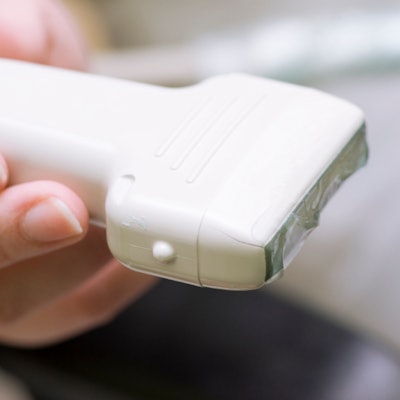
Point-of-care ultrasound (POCUS) can help identify the cause of shock in circulatory failure, suggest findings from Japan published May 25 in Critical Care.
A team led by Takuo Yoshida, MD, from Yokohama City University found high diagnostic performance with POCUS in evaluating findings from different types of shock in these patients.
"These findings should be considered in future diagnostic protocols for shock using POCUS," Yoshida and co-authors wrote.
Four types of shock have been identified in circulatory failure. These include obstructive, cardiogenic, distributive, and hypovolemic. Each type needs different treatment strategies, making early identification important for better treatment outcomes.
While POCUS is widely used for acute conditions, the researchers pointed out that no systematic review for the technology's performance has been reported. The specific order and site of ultrasound imaging exams have also not been established.
Yoshida and colleagues wanted to conduct their own review and meta-analysis, measuring the diagnostic accuracy of POCUS when it comes to assessing shock in adult patients with circulatory failure.
They included data from 12 studies with 1,132 patients in their meta-analysis. The team found that POCUS produced moderate-to-high sensitivity and high specificity for detecting suspicious findings for all four shock types.
| Pooled performance of POCUS in identifying shock | ||||
| Obstructive shock | Cardiogenic shock | Hypovolemic shock | Distributive shock | |
| Sensitivity | 0.82 | 0.78 | 0.9 | 0.79 |
| Specificity | 0.98 | 0.96 | 0.92 | 0.96 |
The researchers also found that the area under the receiver operating curve (AUROC) for each shock type hovered around 0.95, and that positive likelihood ratios were over 10 for all types. For reference, a relatively high likelihood ratio of 10 or greater means a significant increase in the probability of a disease. Obstructive shock had the highest positive likelihood ratio of the shock types with 40 while hypovolemic had the lowest with 12. The researchers also reported that negative likelihood ratios were about 0.2 for each shock type.
The study authors wrote that the characteristics of diagnostic accuracy for each shock type in their review is comparable to previous studies when it comes to high specificity. They suggested that based on this finding, clinicians should recognize findings detected by POCUS as a probable cause of shock.
The authors also called for future interventional studies to investigate the true impact of POCUS on shock patients.
The full journal article can be found on Critical Care.




















